|
Also available on 3DS When Pokemon Red and Blue first released in the United States, it was like a spell was cast on America's children. I remember being in first grade and hearing kids on the playground talk about this amazing new Game Boy game. I didn't have a Game Boy yet - I grew up pretty poor - but my best friend was fairly wealthy, and he did have one. As soon as he got Blue Version, I knew that I absolutely HAD to get a Game Boy and Red Version. I spent months begging and begging my mom to get me one (since I didn't understand poverty or scarcity in general), and eventually, she - with the help of my grandmother - managed to get me a Game Boy and Pokemon Red for my birthday the following year when I was in second grade. That's when Pokemon Fever really took off, anyway, after a year of advertising and playground jealousy. Pokemon Red and Blue have you taking the role as a ten year old kid (canonically named Red) as you set off on your Pokemon journey across the Kanto region. Because apparently giving ten year old children horrifically dangerous monsters and setting them loose on the world to fend for themselves is seen as a good idea. Anyway, you get to choose one of three Pokemon as your starter - either the fire type Charmander, the water type Squirtle, or the grass type Bulbasaur. If you don't choose Charmander, you're wrong. As you set off on your journey, you have two tasks - gather all eight gym badges so that you can challenge the Elite Four and become the Kanto Pokemon League champion, and catch all 150 (pssst it's technically 151) Pokemon in the Kanto region to complete the Pokedex created by Professor Oak, the guy who gave you your first Pokemon. Literally every single person who will ever read this knows all of that already, but I said it for the sake of thoroughness. The reason that there are two versions of what is, for all intents and purposes, exactly the same game is to facilitate trading. Also to take more of your money. It's mostly to take more of your money. Some Pokemon only appear in either Red Version or Blue Version, so if you want to "catch 'em all," you'll have to either find someone with the other version who's willing to trade with you, or you'll have to buy both versions and another Game Boy. There's also the issue of the starter Pokemon; you can ONLY find those three Pokemon by choosing them at the start of the game, so that means that if you make the correct choice and choose Charmander, you can never get a Bulbasaur or a Squirtle...unless you trade. It's an absolutely brilliant scheme, and a quarter of a century later, we still fall for it with smiles on our faces. Pokemon is really just a JRPG with a capture mechanic. You find monsters, you enslave said monsters, and then you cosplay as Michael Vick and make them fight to the death. Okay, so they technically "faint," but whatever, close enough. Being the first game in the series on an extraordinarily weak piece of hardware, it's a simple game with a number of flaws. Box management - where you store your Pokemon once you have six - is an absolute pain. There are glitches galore, although most of these are the player's benefit rather than detriment. Parts of the game just outright don't function like they're supposed to. Worst of all (at least from one perspective) is that the psychic type is absolutely broken and overpowered. Pretty much all of these issues would be corrected in future games, but going back in 2022 and replaying the 1998 games really highlights these shortcomings. It might sound like I'm not the biggest fan of Pokemon Red and Blue. This, while a reasonable conclusion given my mention of its various flaws, would be an extremely inaccurate assessment. On the contrary, I absolutely ADORE Red and Blue. I have Pokemon Legends Arceus, the newest game in the series, sitting in my Switch right now, but I still spent 48 hours replaying this on the 3DS Virtual Console. It's one of my top gaming comfort foods. I'm just able to admit that it's extremely rough around the edges. This may have gotten damn near every millennial in the world into Pokemon, but this is definitely not where Gen Z or Gen Alpha are going to want to start. The games are just too primitive on Game Boy unless you've got my nostalgia glasses or are already a fan of Pokemon and want to experience the game that started it all. Still, though, Red and Blue (or, in Japan, Red and Green) spawned the world's biggest multimedia franchise, and what started with 151 pocket monsters is now 905 and will break 1000 in a month and a half. Red and Blue may not have aged as well as JRPGs on the Super Nintendo did, but it's still an extremely nostalgic game that I can replay seemingly endlessly and never stop enjoying. My Rating - BAlso available on NES, PlayStation 4, Xbox One, and Switch I'm extremely familiar with the NES port of the first Teenage Mutant Ninja Turtles arcade game - it was one of my favorite NES games as a kid - but I've never seen an actual coin-op arcade machine of it, and I suspect most gamers younger than I haven't, either. Fortunately, both the NES port and the original arcade version were included in the recent Cowabunga Collection, and best of all, that version included online co-op and the ability to force feed more credits like cough syrup to a sick kid. Screenshots were captured on the Cowabunga Collection on Switch. For the most part, when you consider that it's an 8-bit port of an arcade game, the NES version that most of us are more familiar with sticks pretty closely to the arcade version, but the arcade original is, obviously, significantly better. There are some differences in the levels and enemies, and while most are relatively minor in the grand scheme of things, some definitely stand out. The little laser whip robots at the end of the first level, for example, are small and numerous on NES whereas in the arcade original, there are fewer of them, but they're significantly larger. That's how the majority of the differences beyond music and visuals that I noticed are - enough to make the games feel distinct and worth playing both but small enough that you're not really "missing out," per se, if you've only played one or the other. As you progress through the game, you'll face a variety of types of Foot Clan soldiers as well as a variety of iconic villains from the comics as you pursue Shredder to save April. If you've somehow never played this game before, it's a pretty standard arcade beat 'em up, and like arcade beat 'em ups, it's designed to punish you in a multitude of unfair ways. I don't think anyone has ever 1CC'd this game, and if you have, you're a liar. Still, though, it's a great challenge (even if there are some boss attacks that I genuinely think are impossible to dodge), and the ability to just increase your credits with a button press if you're playing on the Cowabunga Collection keeps it from getting too frustrating. Unless you like being frustrated; I'm not here to kink shame. While it's not as good as the later arcade game, Turtles in Time, in my opinion, I do think that this first TMNT arcade game is one of the truly great beat 'em ups of the 1980s. The NES version is fantastic, but the arcade original really is the best way to play regardless of if that's on a legit machine, in the Cowabunga Collection, or on 1Up's TMNT cabinet. My Rating - ASilver Falls is a series I've become a huge fan of over the past year. It's an indie horror series made Sungrand, a one-man studio based in Australia, that focuses around the quaint little town of Silver Falls. This quaint little town isn't quite as normal as it looks, though; strange things keep happening, and strange creatures keep appearing. Each game in the series has a very distinct feel and style that matches the time period when the game takes place, and the fact that everything about the games from the visuals to the coding to the audio is all done by one person gives each entry a real labor-of-love feel that big studio AAA games just can't replicate. Ghoul Busters takes place in the early 1990s and, as such, has an aesthetic intentionally reminiscent of the original Game Boy (that's also why the game's initials are "GB"). It follows two young best friends forever, Starlin Allerdyce and Atticus Longdraw, on their adventure-turned-nightmare in the woods. The two boys had gone to the woods one night to play Ghoul Busters, pretending to be the heroes from their favorite television cartoon, but they quickly stumble upon real monsters lurking in the woods as well as adults from the town who seem to know more about the strange goings-on than they're willing to admit. Now their playtime has turned into a very literal fight for survival. The game is a 2D platformer although one that makes heavy (and excellent) use of the 3DS's stereoscopic 3D effect. It's totally playable in 2D, but like Super Mario 3D Land, there are obstacles - like blades swinging between the close foreground and the background - that the 3D effect makes easier to see and dodge. Each of the two characters - Starlin and Atticus - plays somewhat differently. Starlin is a bit slower in jumps, attacks with a hockey stick, and seems to deal a little more damage with more knockback. Atticus, on the other hand, moves much faster in the air, attacks with a slingshot, and trades some of that damage and knockback for attack range. Personally, I preferred playing as Atticus, although Starlin felt more useful to me in the last few levels. The action takes place on the top screen while the touch screen holds items in your inventory that can be used by tapping as well as a pocket pet toy that emits a sound that causes a particular spinning spike enemy to retract its spines for a brief period of time. The game isn't very long, but what it lacks in length it makes up for in quality. There are nine levels and three bosses (one at the end of each three-level stage), and they are, as one might hope, increasingly challenging. On level 1-1, for example, I only died once; by level 3-3, you'd have thought I was playing Super Meat Boy. By the time I had cleared the final boss, I had died 421 times during my playthrough, and it would have been a lot more if I hadn't had items to use. Between levels, you get the chance to spend the bottle caps you collected thus far to buy items for use later, and fortunately, you're able to go back and replay levels to grind more bottle caps if you find that you're in need of items but out of funds. There are box tops hidden throughout the levels, as well, and each level that you end with three box tops gives you a special item that you can't normally buy. The coolest thing, in my opinion, about the Silver Falls series as a whole is the connectivity between games courtesy of the Code Linker system. Jerrel, the developer, really went out of his way to make sure that his games connect with each other in some way. The way it works is that one Silver Falls game - let's say Episode Prelude on Switch - gives you a blue code in its Code Linker menu. You then plug that blue code into the Code Linker menu in Ghoul Busters on 3DS, and it spits out a yellow key code. Plug that yellow code back into Episode Prelude, and a character from Ghoul Busters is now playable in Episode Prelude. That's just an example - I'm not sure if that particular example is actually viable - but that's the gist of how it works. Jerrel designed it to be like amiibo but without the need for an additional purchase and as a sort of bonus for buying the other games, although he's stressed multiple times that he actively encourages folks' sharing codes with friends who may not have all of the Silver Falls games; he just wants people to play and enjoy what he's made. Silver Falls: Ghoul Busters is really an extraordinary platformer. It's short and extremely challenging at parts, but at no point does it ever stop being fun. It's got its moments where you can tell you're being directly trolled by obstacle and enemy placements, but it's never to the point where you rage quit; it's always just reasonable enough to make you say "One more try." There's also just this unexplainable magic that comes from a game made entirely by one guy who's genuinely super passionate about gaming and making games that people want to play. It's made in Unity for 3DS, so it's got some random and impossible-to-replicate-on-command bugs and crashes here and there, but the game's got a good auto-save system, so I've never lost any progress from crashes, and it doesn't take long to load back into the game. The music is absolutely phenomenal, and while you'll hear the low-fi voice saying "Bummer!" every time you die in your nightmares, it's a wholly satisfying, enjoyable, and charming platformer from start to finish. I enjoyed this game more than any other indie platformer I've ever played and for reasons I can't quite put my finger on, but regardless of why, I honestly can't recommend this game highly enough. It's gotten an HD remaster on Switch, but the 3D effect on 3DS really makes the game. If you have an emulator or CFW 3DS, find a ROM. At the very least, buy it on Switch. My Rating - AAlso available on DS You ever have a game with which you say “Wow, that game sounds awesome. Money’s tight, though, so I’m going to wait for a sale,” and then you wait too long and the game is suddenly $150? If you’re a JRPG fan and said no, you’re either rich enough to buy everything at launch or a liar. Well, Radiant Historia: Perfect Chronology is that game for me. I’m a physical purist, but given how ungodly expensive it is on the second-hand market, I had to bite the digital bullet when Atlus ran a 3DS sale last Spring. This was a slow burn game for me, but I finally finished it, and while I absolutely loved the game, there are definitely a few aspects that weren’t my cup of tea. The game feels, to a certain extent, like Atlus’s take on Chrono Trigger. You play primarily as Stocke, a former soldier and current intelligence agent for the city-state of Allistel in its long war against the kingdom of Granorg. For reasons unknown, though, the intelligence director, Heiss, gives you a blank book called the White Chronicle when sending you out on a mission, saying only that it’s a good luck charm of sorts. Next thing you know, you’re on a quest hopping through space and time to try to save the world from certain destruction at the hands of global desertification. Along the way, you meet allies from Allistel, other human nations, non-human nations, and even Granorg itself to help you on your quest to save the world and unravel the secrets of the long-dead Empire. As this is a remake of a DS game - even if an enhanced one - the game only displays in 2D. No matter what your slider is set on, there’s no 3D effect at all. Bummer. It does look really good, though, with excellent character designs and sprites. There was a pretty big change to the character art between the DS original and 3DS remake, and while the fans seem fairly divided, I definitely think the 3DS art looks significantly better. There’s also added content to the 3DS version, so that’s the version to play if both are an option. The characters and their interactions were the highlight of the game for me, so the character design changes were a big factor in my decision to play on 3DS rather than DS. The added content was what pushed me over the edge to 3DS. The story and characters were great, but I have to admit that the time hopping got tiresome for me. It wasn’t the concept of time travel that bothered me but having to figure out exactly when to go and what to do there to progress the story and which universe - the “Standard History” or “Alternate History” - I needed to be in. That’s definitely a “me” thing, not a genuine complaint with the game, but it’s definitely not quite as linear as I generally like JRPGs to be. Still, though, the story and characters and world lore was more than enough motivation for me to get over myself and power through those parts. Radiant Historia: Perfect Chronology is definitely a game that didn’t get as much attention as it deserved, and I’d love to see it get a 3D remake or sequel on Switch. It is, unfortunately, extremely expensive physically, so I’d highly recommend you download it on your 3DS sometime over the next six months or so while you’ve got the chance (unless you’re reading this after March 2023 in which case ya-harr, me matey). It may not have been exactly what I usually look for in a JRPG, but that story was a caliber that only comes a few times a generation, so if you’ve slept on this so far, go ahead and wake up. My Rating - A |
I'm a teacher.And I like to play video games. I like to collect video games. I like to talk about video games, and I like to write about video games. During the day, I teach high school history; during the night, I spend my spare time gaming. Then I write about it. Archives
April 2024
|
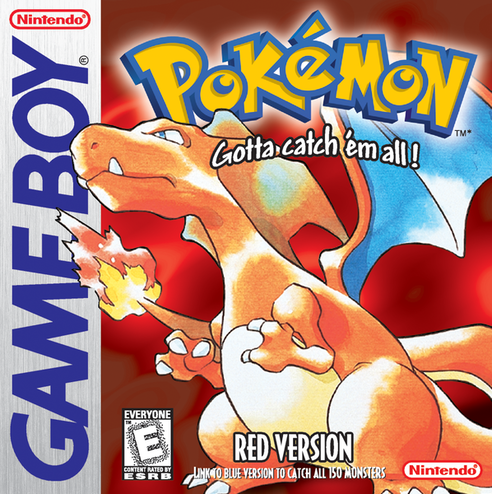
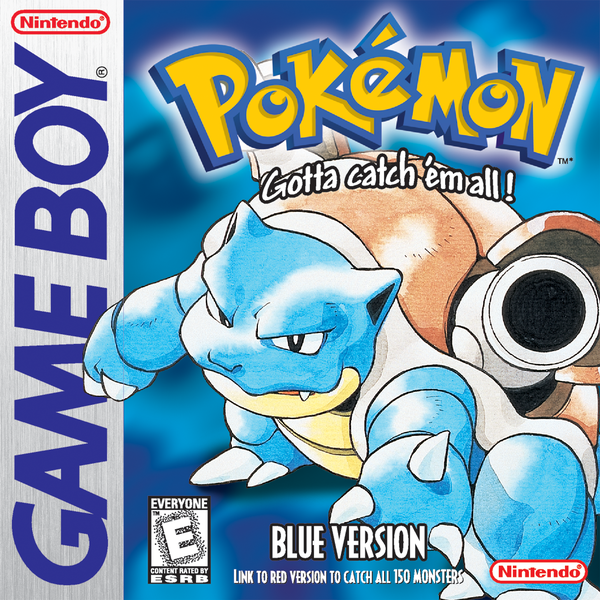
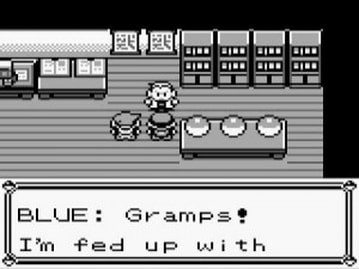
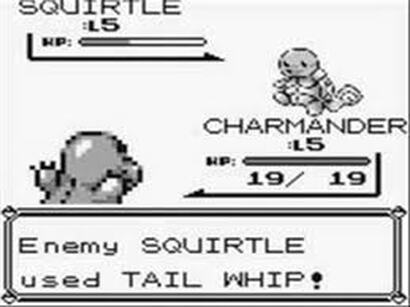
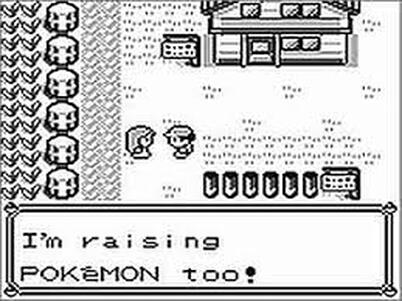
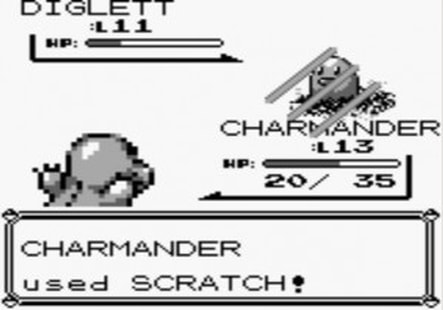
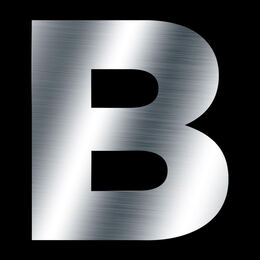
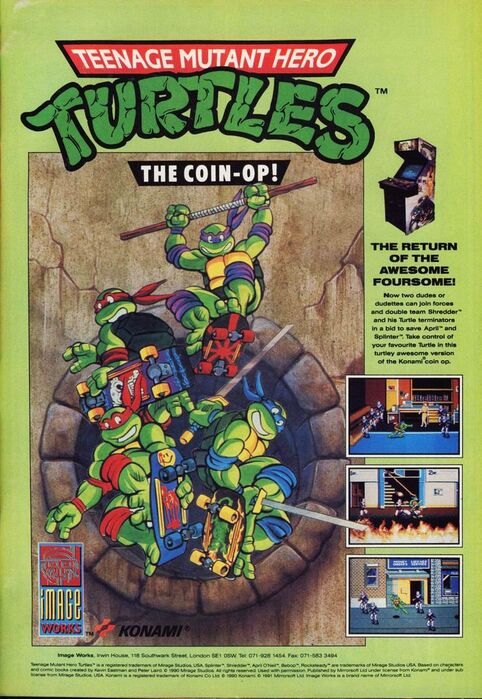
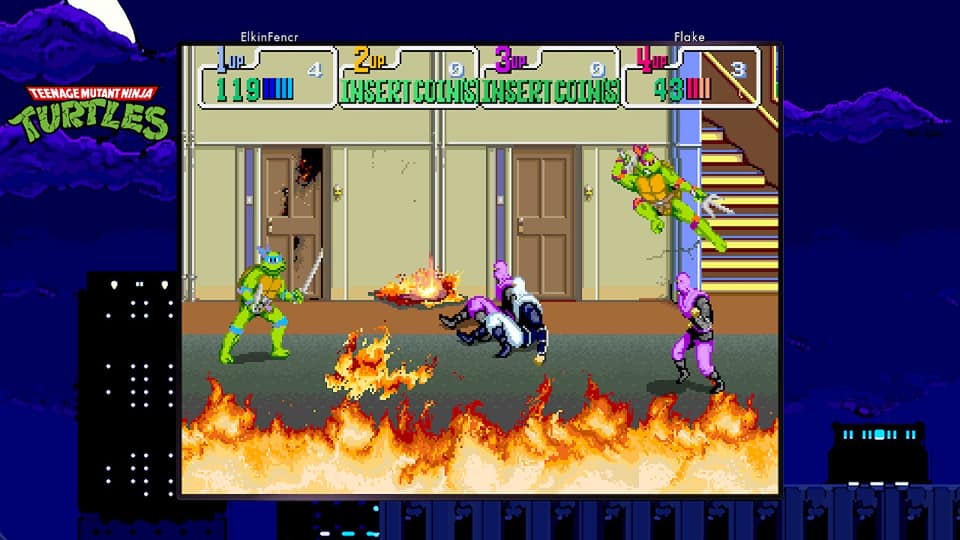
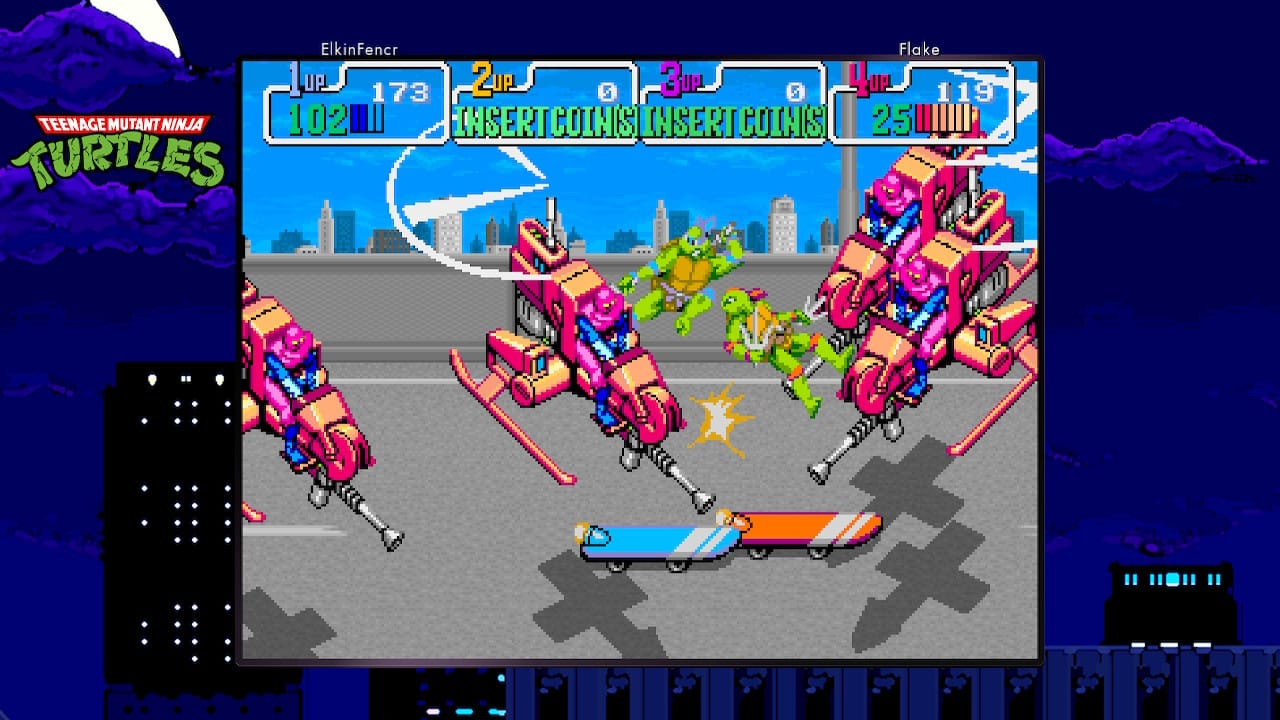
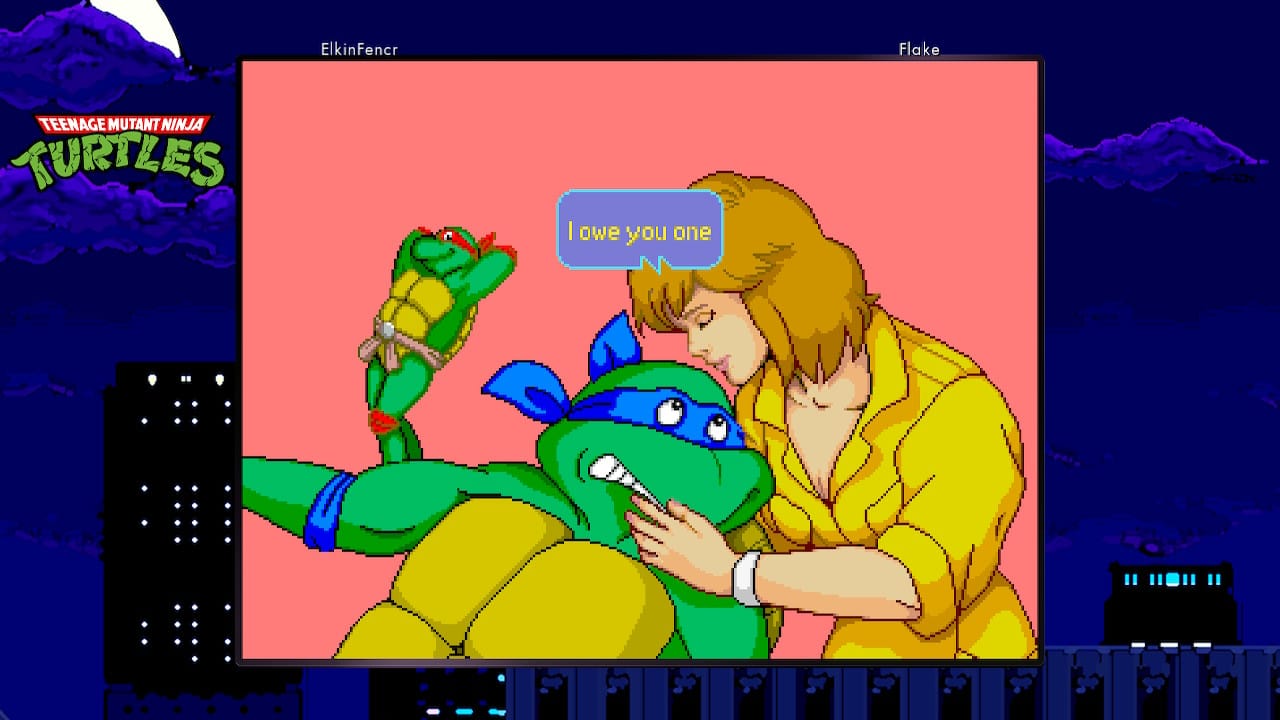

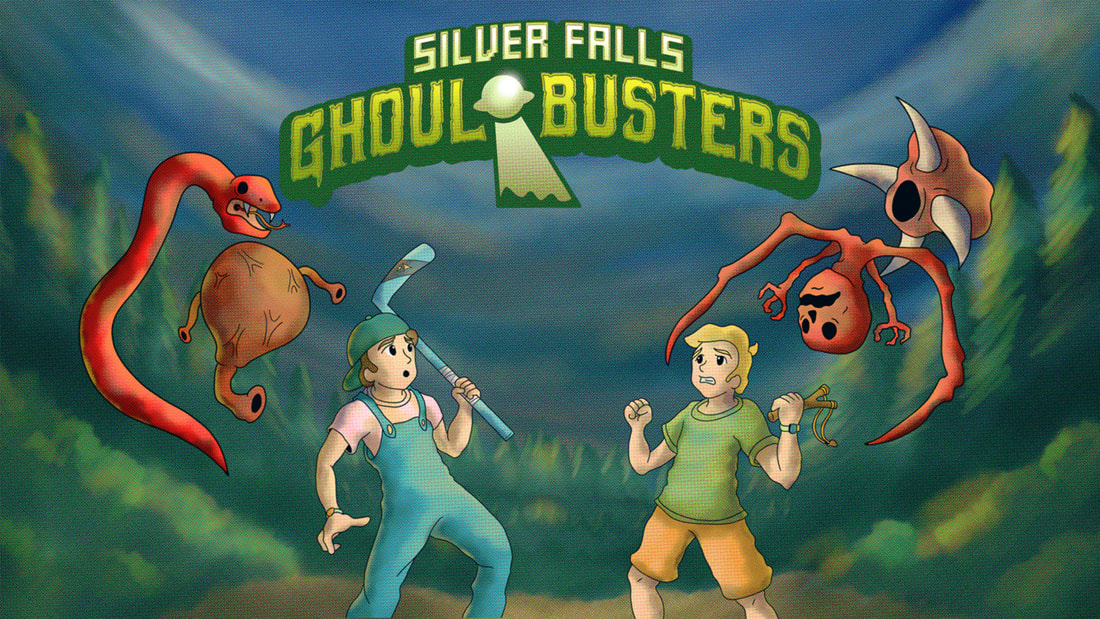
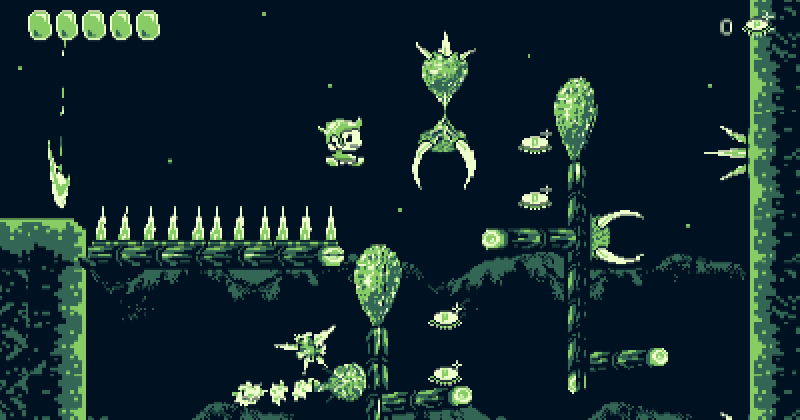
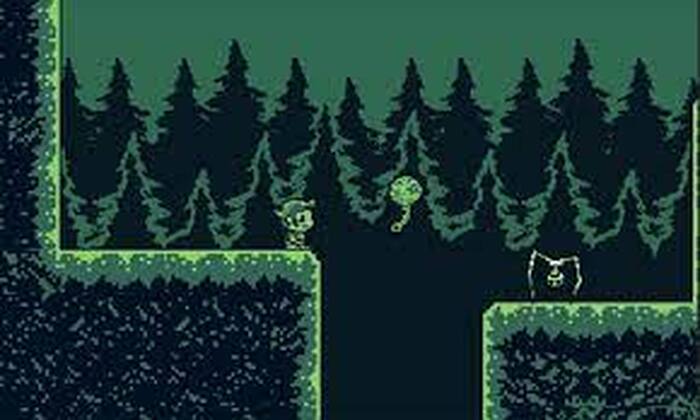
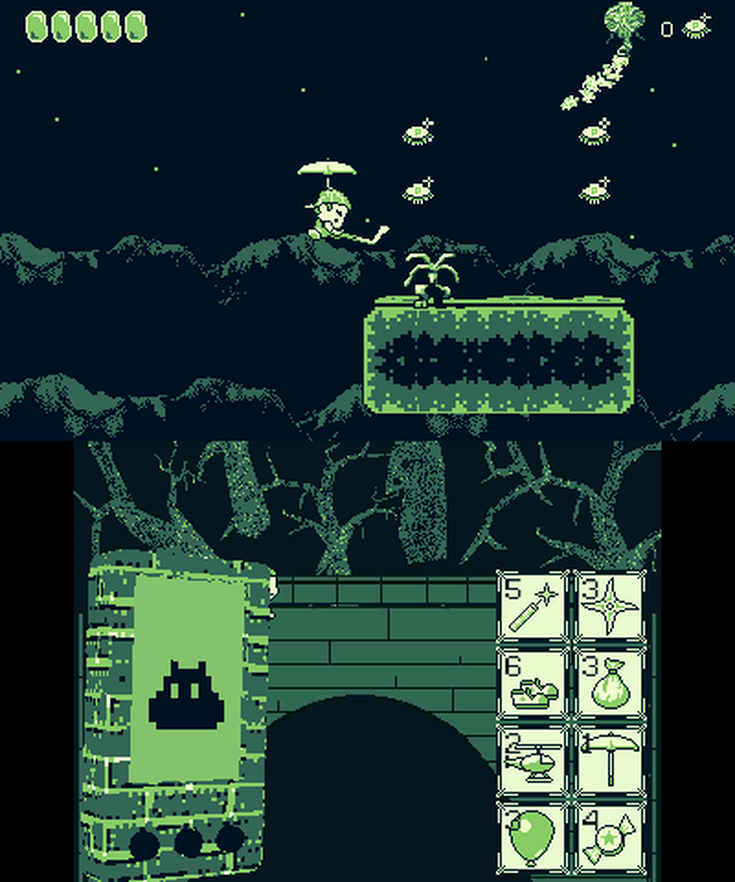
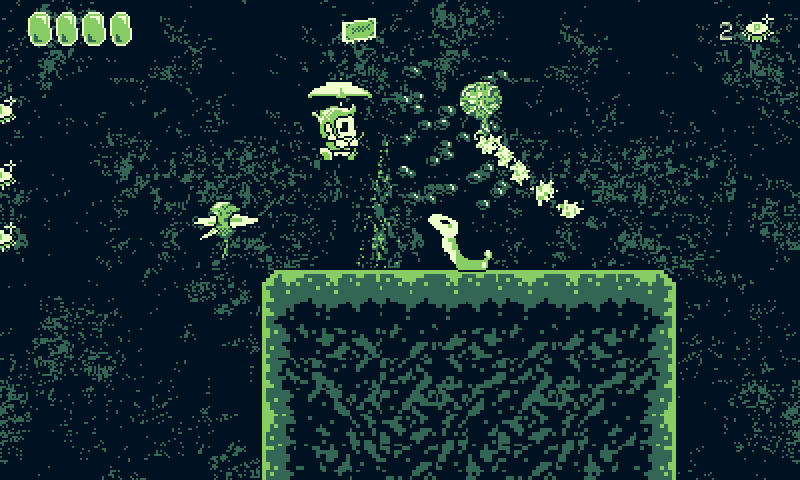
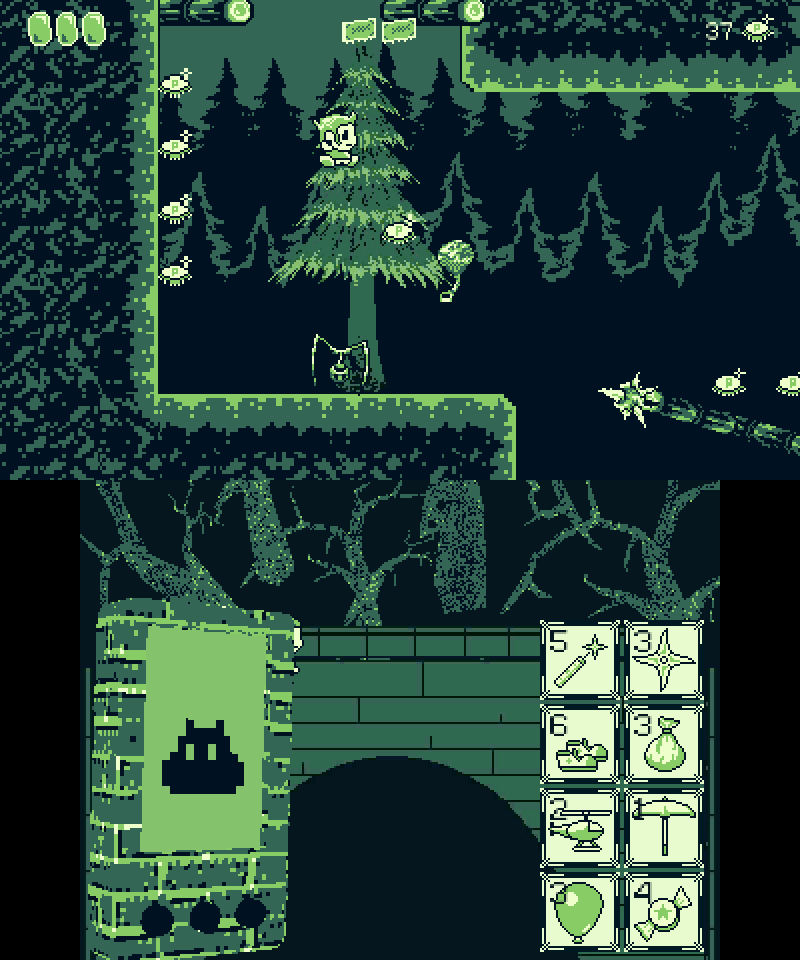

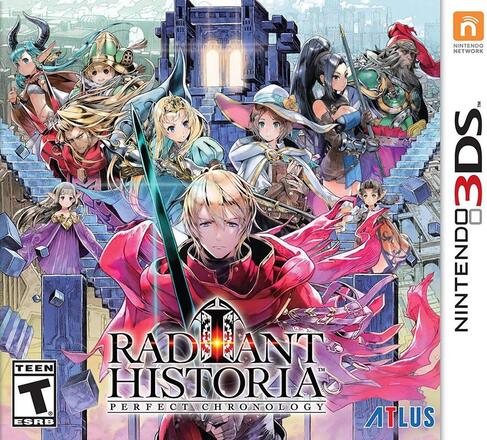

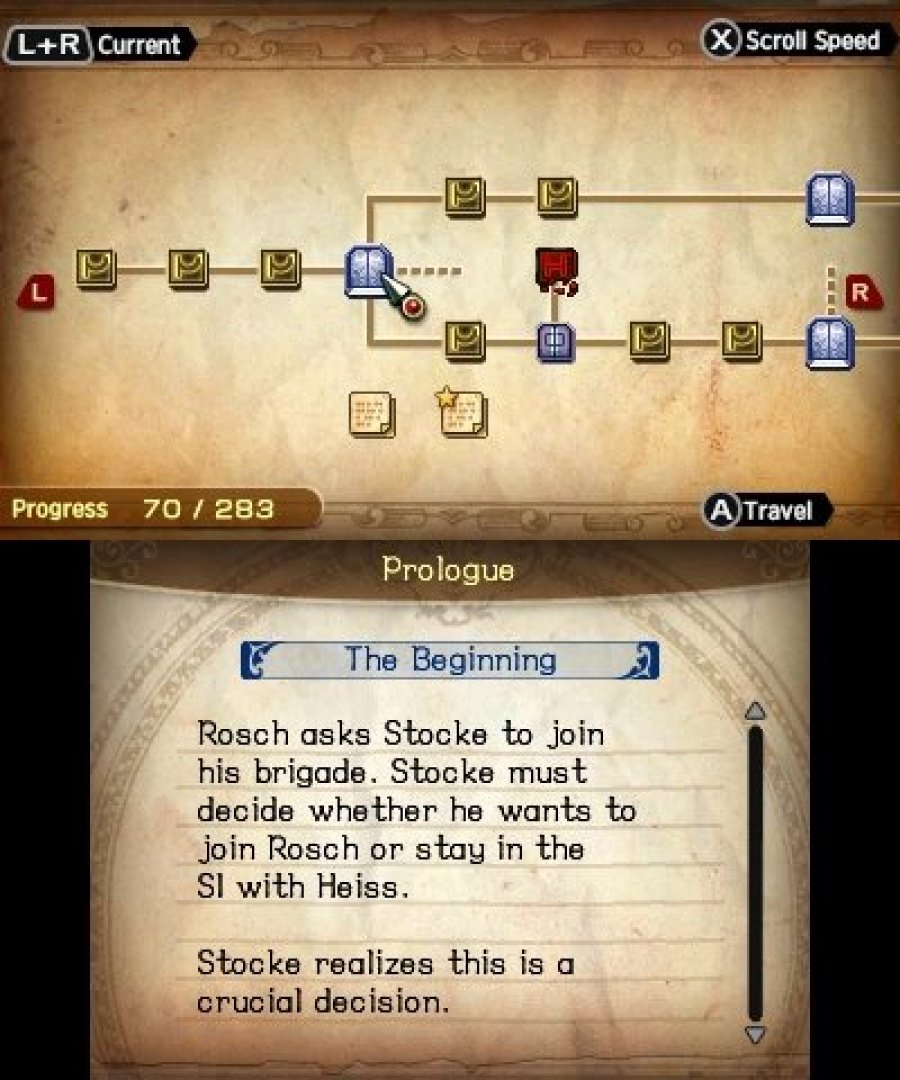
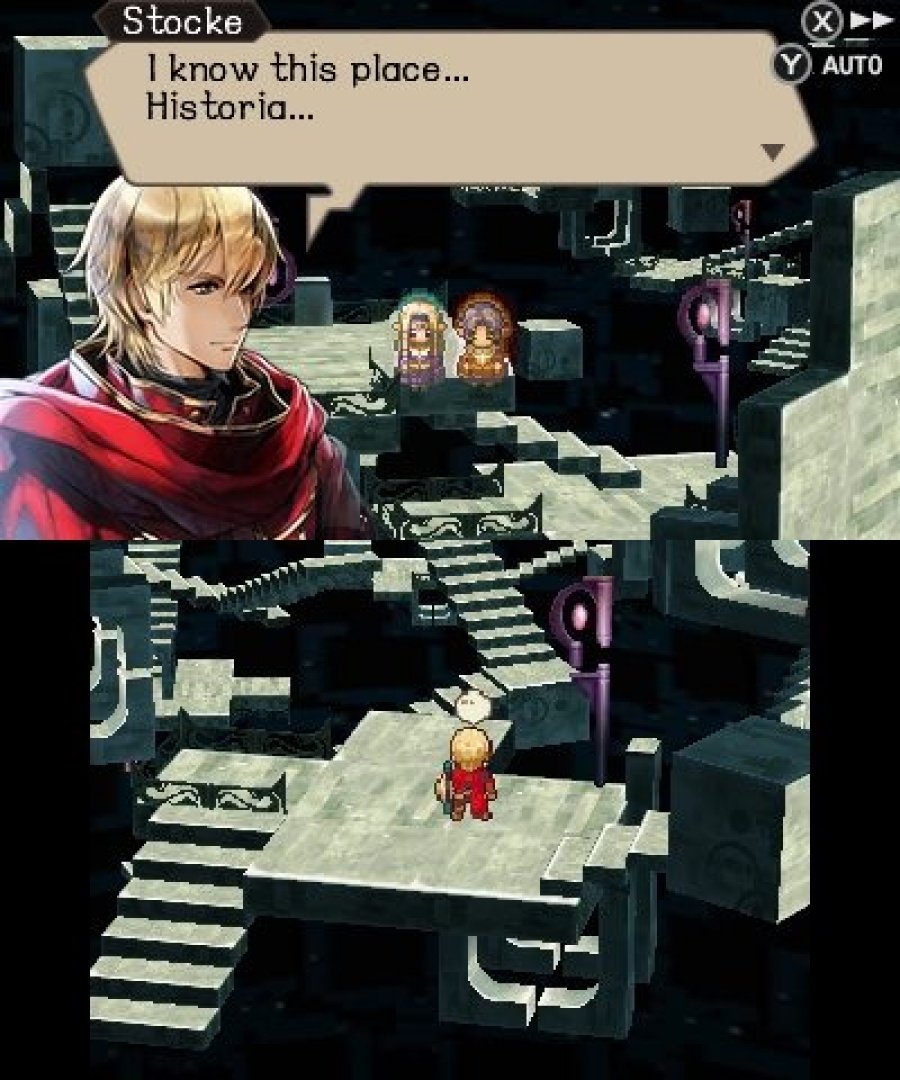
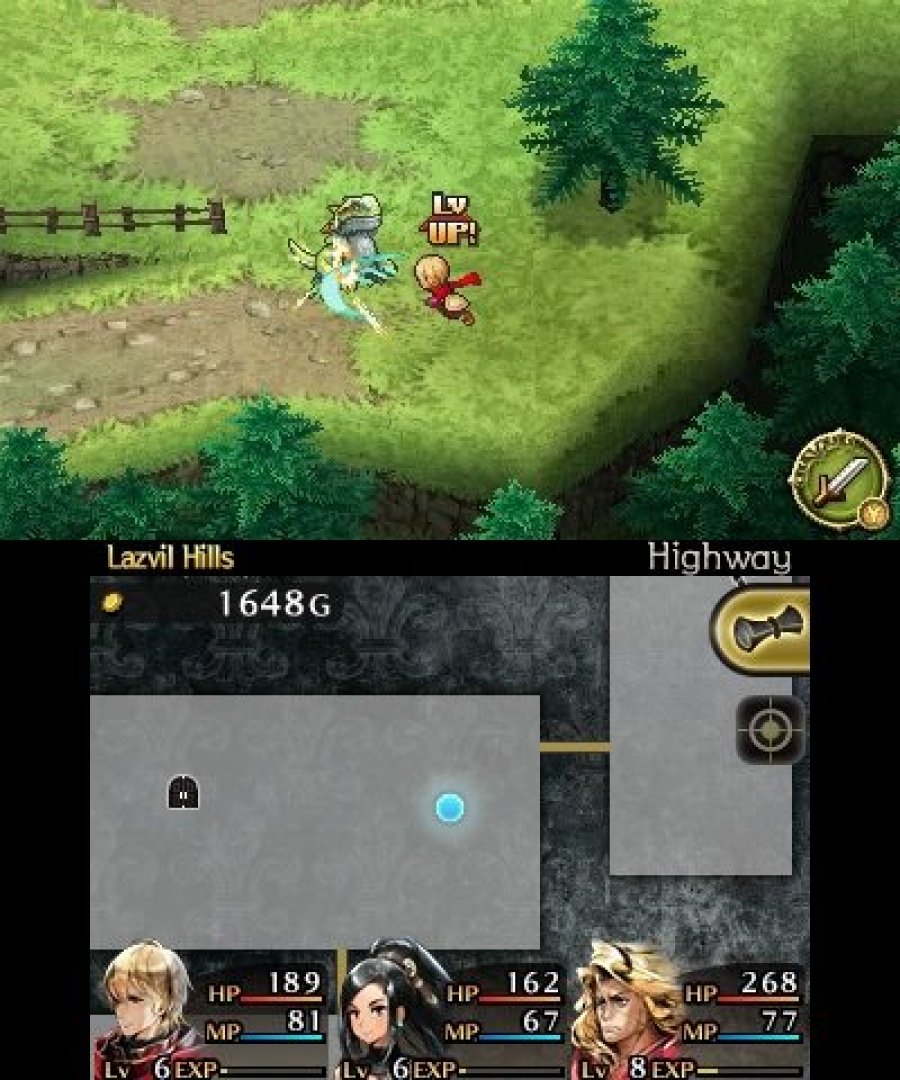

 RSS Feed
RSS Feed
